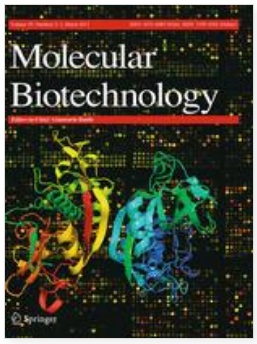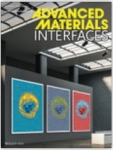The transgenic process allows for obtaining genetically modified animals for divers biomedical applications. A number of transgenic animals for xenotransplantation have been generated with the somatic cell nuclear transfer (SCNT) method. Thereby, efficient nucleic acid delivery to donor cells such as fibroblasts is of particular importance. The objective of this study was to establish stable transgene expressing porcine fetal fibroblast cell lines using magnetic nanoparticle-based gene delivery vectors under a gradient magnetic field. Magnetic transfection complexes prepared by self-assembly of suitable magnetic nanoparticles, plasmid DNA, and an enhancer under an inhomogeneous magnetic field enabled the rapid and efficient delivery of a gene construct (pCD59-GFPBsd) into porcine fetal fibroblasts. The applied vector dose was magnetically sedimented on the cell surface within 30 min as visualized by fluorescence microscopy. The PCR and RT-PCR analysis confirmed not only the presence but also the expression of transgene in all magnetofected transgenic fibroblast cell lines which survived antibiotic selection. The cells were characterized by high survival rates and proliferative activities as well as correct chromosome number. The developed nanomagnetic gene delivery formulation proved to be an effective tool for the production of genetically engineered fibroblasts and may be used in future in SCNT techniques for breeding new transgenic animals for the purpose of xenotransplantation



